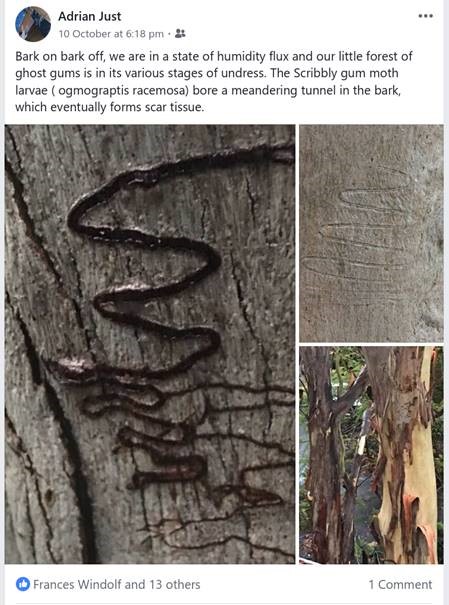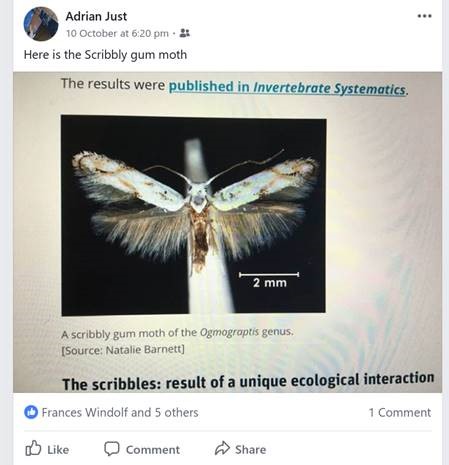 Have you ever noticed that after many people move into a new house they chop out a bunch of trees.
Have you ever noticed that after many people move into a new house they chop out a bunch of trees.
To the former occupier they have patiently witnessed the growth of those trees over many years, they know their shadow, the swings they have carried, the children that have climbed them, the birds that chirp in them, the insects that visit them, and the character they add to the property.
To the new owner they may be considered a source of leaves in the gutter, an unwanted species, a space for other uses, or maybe just the feeling of now claiming and controlling their new land.
An original tree tells a story about ecosystem typology, the age, soil type, and water retention.
Sure they grow back, but Australian conditions are harsh and many trees are decades older than the houses around them.
In many cities of the world every single tree is mapped and numbered and individually cared for and they are considered an integral part of the character of that street.
Trees can cool the temperature, filter the light, retain moisture, stabilise the soil, give privacy and location, they clean the air, moderate the wind, break up the noise, bring in wildlife, and calm the psyche.
Dr Greg Moore reports that data from Brisbane indicates appropriate trees can add about 5.4% to the value of a property, and a tree-lined nature strip can add up to 30%. Melbourne has an Urban Forest Tree Valuation system ie Value (V) = Basic Value ($) x Species (S) x Aesthetics (A) x Locality (L) x Condition (C), where the basic value in 2013 was between $300 to $180,000 each.
So before you start that chainsaw, consider that you may not just be losing trunk and leaves, but real amenity and value from your property.
Dr Greg Moore is based at the \university of Melbourne and is an expert advisor in urban tree management.

Adrian Charles Just is Director of Archicology Architects and is also Sunshine Coast Regional Chair for the Australian Institute of Architects.







